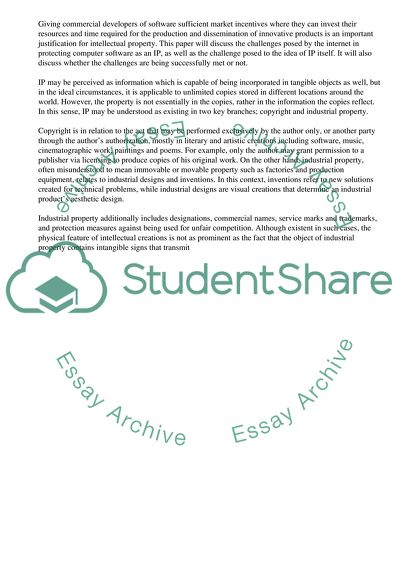Cite this document
(The Internet and Challenges of Intellectual Property Essay, n.d.)
The Internet and Challenges of Intellectual Property Essay. https://studentshare.org/business/1800691-how-does-the-internet-challenge-existing-conceptions-of-intellectual-property-or-privacy-discuss-in-relation-to-computer-software
The Internet and Challenges of Intellectual Property Essay. https://studentshare.org/business/1800691-how-does-the-internet-challenge-existing-conceptions-of-intellectual-property-or-privacy-discuss-in-relation-to-computer-software
(The Internet and Challenges of Intellectual Property Essay)
The Internet and Challenges of Intellectual Property Essay. https://studentshare.org/business/1800691-how-does-the-internet-challenge-existing-conceptions-of-intellectual-property-or-privacy-discuss-in-relation-to-computer-software.
The Internet and Challenges of Intellectual Property Essay. https://studentshare.org/business/1800691-how-does-the-internet-challenge-existing-conceptions-of-intellectual-property-or-privacy-discuss-in-relation-to-computer-software.
“The Internet and Challenges of Intellectual Property Essay”. https://studentshare.org/business/1800691-how-does-the-internet-challenge-existing-conceptions-of-intellectual-property-or-privacy-discuss-in-relation-to-computer-software.


